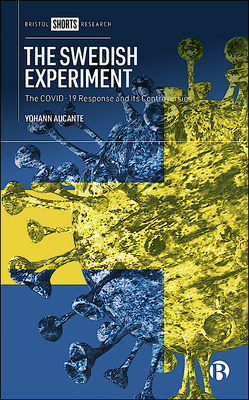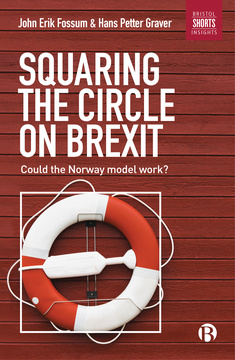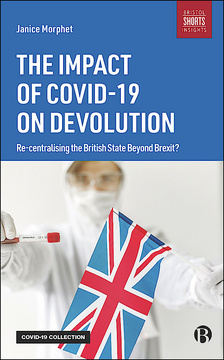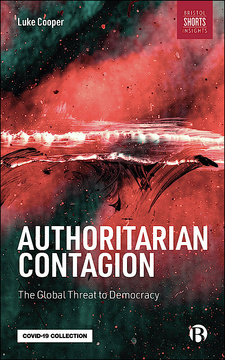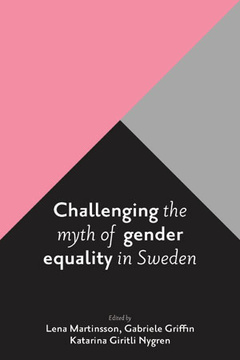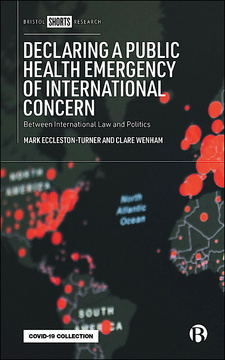Published
Jun 29, 2022Page count
184 pagesISBN
978-1529223873Dimensions
203 x 127 mmImprint
Bristol University PressPublished
Jun 29, 2022Page count
184 pagesISBN
978-1529223880Dimensions
203 x 127 mmImprint
Bristol University PressPublished
Jun 29, 2022Page count
184 pagesISBN
978-1529223880Dimensions
203 x 127 mmImprint
Bristol University PressWith Sweden traditionally hailed as a social and economic model, it is no wonder that the Swedish response to the COVID-19 pandemic raised a lot of questions – and eyebrows – around the world. This short book explores Sweden’s unique response to the global pandemic and the strong wave of controversies it triggered.
It helps to make sense of the response by defining ‘a Swedish model’ that incorporates the country’s value system, underpinning its politics and administration in relation to, among other things, welfare, democracy, civil liberties and respect for expertise. The book also acts as a case study for understanding the moral and normative ways in which different national approaches to the pandemic have been compared.
“This is a thorough, insightful and topical reflection on a fascinating instance of policy exceptionalism. It is bound to become a standard work in the study of Sweden’s idiosyncratic response to the pandemic.” Nicholas Aylott, Södertörn University
“This is a highly interesting study, which in a very nuanced way provides an analysis of the Swedish COVID-19 approach. It is thorough in that it covers both the development over time as regards actions by politicians and the various administrative agencies, while at the same time pinpointing essential elements of continuity. Moreover, it offers several comparative analyses as well. As a whole this, is an impressive piece of academic work.” Jonas Hinnfors, University of Gothenburg and University of Stirling
Yohann Aucante is a Research Lecturer in the School for Advanced Studies in the Social Sciences in Paris (EHESS), affiliated with the Raymond Aron Centre for Sociological and Political Studies (CESPRA).
Introduction
1. The Uses of National Models
2. The First Wave
3. Comparing Nations in a World Crisis
4. Riding the Waves: Reckoning and Strategic Adjustments
5. Recasting the Swedish Model in Crisis Mode
Conclusion







